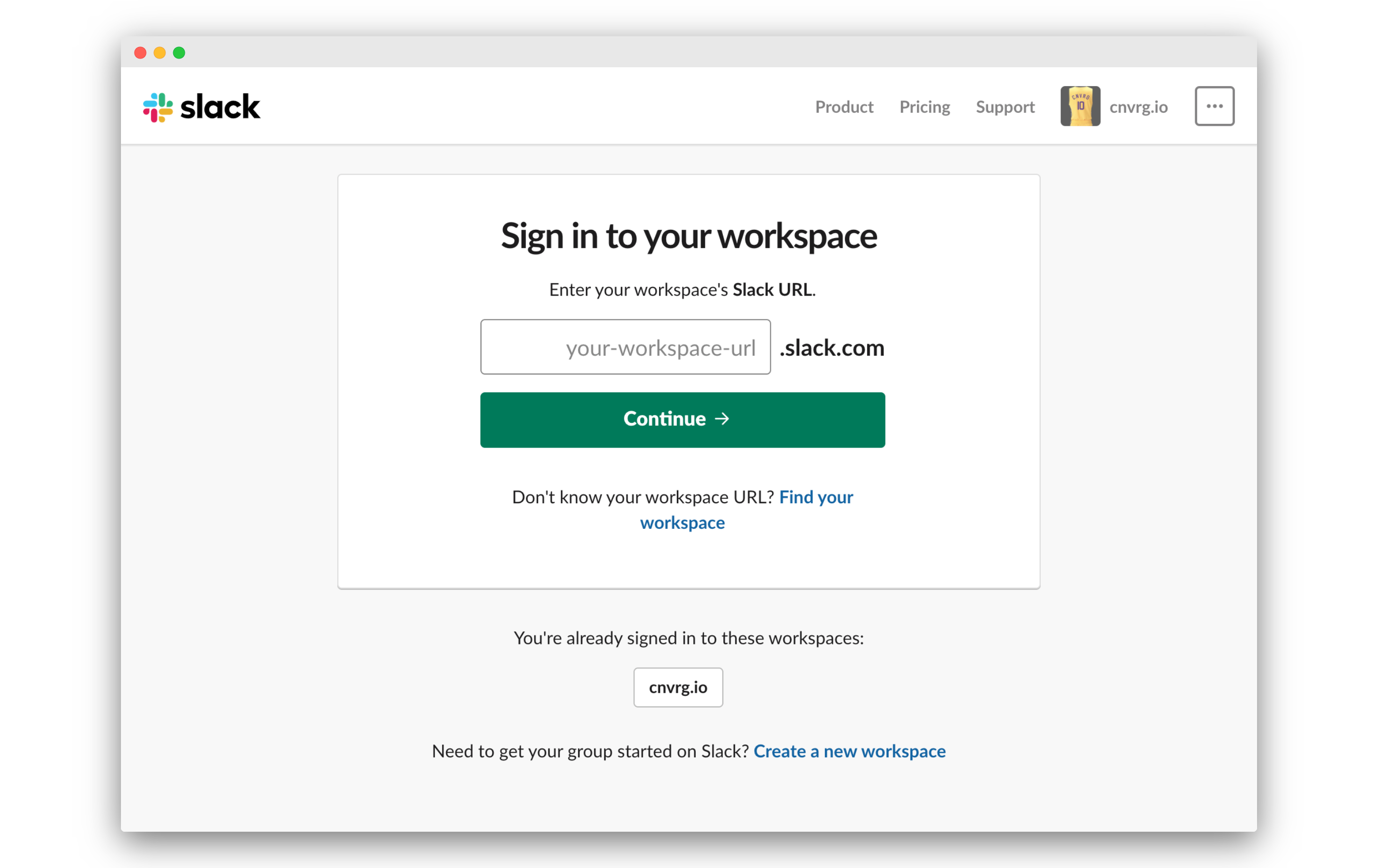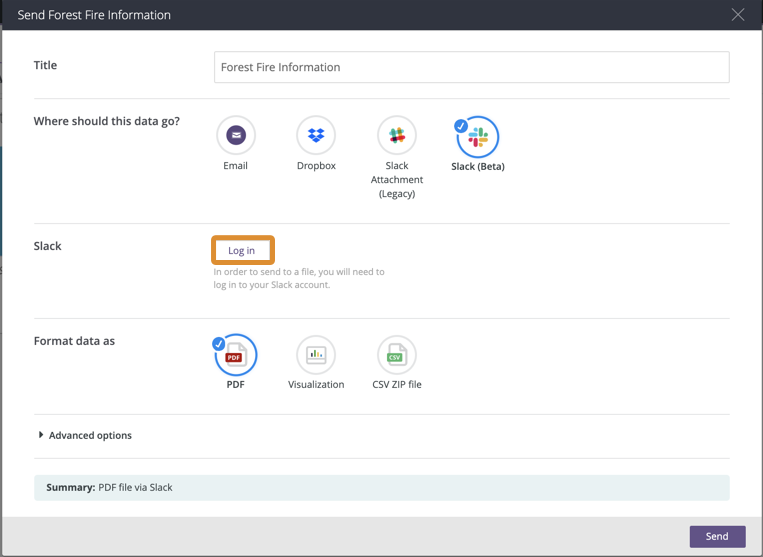


I proposed an ambitious project to create a modern toolchain for the company, so that any IBM team could easily and cheaply adopt a pre-integrated set of tools that supported modern practices like continuous delivery. At the time, I had gained a reputation as a senior technical leader whose teams had successfully adopted “Agile and DevOps” culture, and soon Jeff and I had connected and were discussing how I might use my experience to support Jeff’s mission. In mid-2014, IBM hired Jeff (Smith, see first paragraph) as our new Chief Information Officer (CIO) with the challenge to help IBM adopt a more agile culture and supporting practices, on the strength of his success driving a similar transformation at SunCorp in Australia. While the FED community was careful to not discuss confidential topics in this non-sanctioned Slack team, many more traditional IBMers worried about the risks of using an unsanctioned tool for work.

As examples there was soon both a #performance channel where FEDs shared techniques for shaving milliseconds off of page load times, as well as a #movies channel where FEDs talked about (surprise) movie-related topics. They also brought-in my opinion-a healthy disregard for “the rules.” In late 2014, Kevin Suttle-an innovative and outspoken senior FED from our Cloud division-created a free Slack team called ibm-front-end and started inviting his fellow FEDs into this Slack team to share their knowledge of front-end development as well as simply getting to know other FEDs, both professionally, and personally.

These FEDs also brought a passion for using recent, innovative tools to do their work. These FEDs helped bridge the worlds of design and traditional engineering. Phil and team saw that there were often cultural and practical gulfs between the designers and engineers, so he expanded his talent program to also hire talented front-end developers (or “FEDs”) who had strong expertise in the disciplines of modern web and mobile development, and often expertise in visual design. Possibly the most critical component of this effort was the talent program that aimed to hire thousands of designers, both to balance the ratio of designers and engineers as well as to bring new ideas into IBM. A few years ago, an IBM executive named Phil Gilbert started an ambitious design program that aimed to fundamentally alter IBM’s approach to product and service development.


 0 kommentar(er)
0 kommentar(er)
